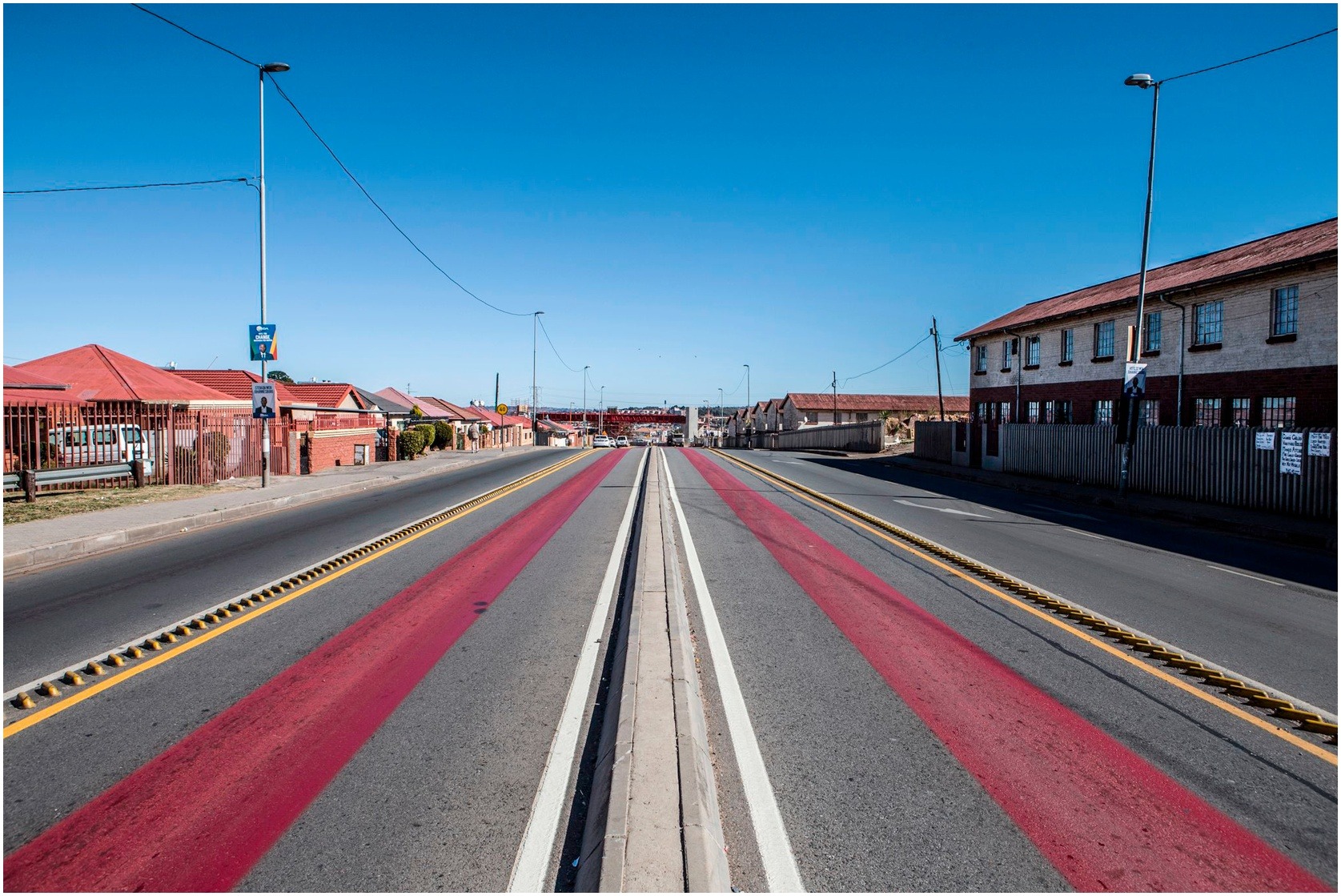Financing urban development, three business models
Johannesburg, Shanghai and London

There has been growing interest in the expansion of global investment in urban areas, and the financialisation of urban development, both of which bring new business logics into the production of the built environment and shape urban outcomes. At the same time, mega-urban projects have continued and spread as a significant format of urban expansion and renewal, often strongly linked to transnational investors and developers.
Nonetheless, the distinctive regulatory and political contexts within which transnational actors must bring such projects to fruition matter greatly to outcomes, with territorialised governance arrangements both shaping and being shaped by transnational dynamics. However, there has been little systematic comparative consideration of these diverse regulatory contexts in their own right, rather than as contributors to wider circulating processes such as neoliberalisation. As a result, the implications of different regulatory regimes for urban outcomes have not been effectively assessed.
In this paper the authors therefore broaden the discussion from globalised processes of “financialisation” to consider three large-scale urban development projects from the perspective of their distinctive “business models”, including their place in achieving wider strategic objectives at national and metropolitan scales, their agile and often bespoke institutional configurations, and their different forms of financing, taxation and land value capture. The cases covered are Lingang, Shanghai (one of nine planned satellite cities), the Corridors of Freedom project in Johannesburg (a linear transport oriented development seeking to integrate the racially divided city), and Old Oak and Park Royal in north-west London (under a mayoral development corporation, associated with significant new metropolitan and national transport investments).
The authors observe that the business models adopted, notably in relation to financial calculations and income streams associated with the developments, are a result of strongly path dependent formats of governance and income generation in each case. However the authors want to move beyond seeing these as residual, as contingent and contextual to wider accounts of urban development focussed on globalised financial flows and calculations. Using a comparative approach they initiate a systematic analytical conversation about the implications of different business models for the form and socio-economic potential of mega-urban development projects.
Abstract based directly on source.


Comments